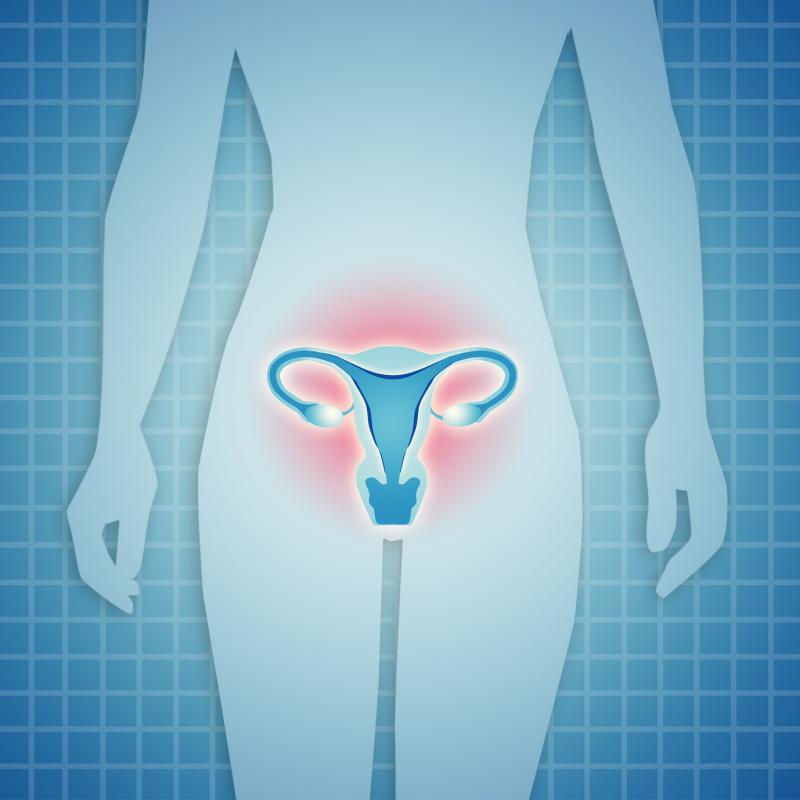
Perineal interferential current (IC) proves beneficial in the treatment of women with premature ovarian insufficiency (POI) who are using systemic hormone therapy (HT) and presenting with sexual complaints, with the results of a 4-week trial showing that IC yields favourable effects on pain, lubrication, satisfaction and orgasm as compared with topical estriol.
A total of 40 women (mean age, 37.13 years) with POI were randomly assigned to receive eight electrotherapy sessions (administered twice a week; IC group) or treatment with estriol vaginal cream (daily application, 0.5 mg/d; E group). All women were sexually active and were using systemic HT (mean duration of treatment, 8.20 years), and had been referred for dyspareunia and reduction of lubrication.
Researchers used the Female Sexual Function Index to evaluate pre- and post-treatment sexual function. They noted improvements in global sexual function, lubrication and pain domains for both IC and E groups post-treatment.
The differences between the pre- and post-treatment scores were significant in both the IC and E groups, namely for lubrication (mean, 0.75; p=0.014 and mean, 1.16; p<0.001) and for dyspareunia (mean, 1.00; p=0.005 and mean, 0.68; p=0.006). There were no changes seen for the desire and arousal domains.
Finally, compared with E, IC had superior effects on orgasm (mean difference, 0.90; p=0.010) and satisfaction (mean difference, 0.70; p=0.021).
The present data suggest that perineal IC provides a new option in the treatment of POI patients with sexual complaints, the researchers said.